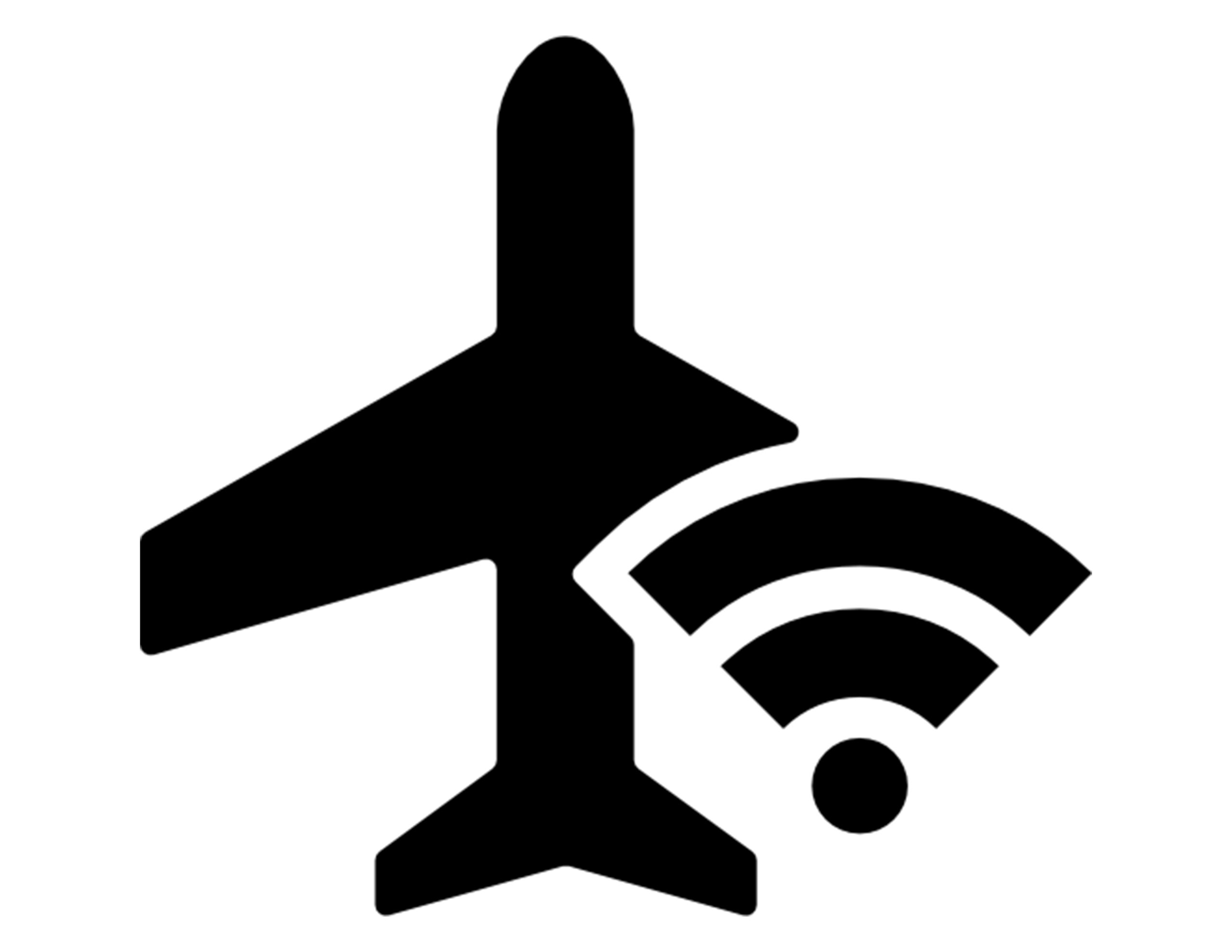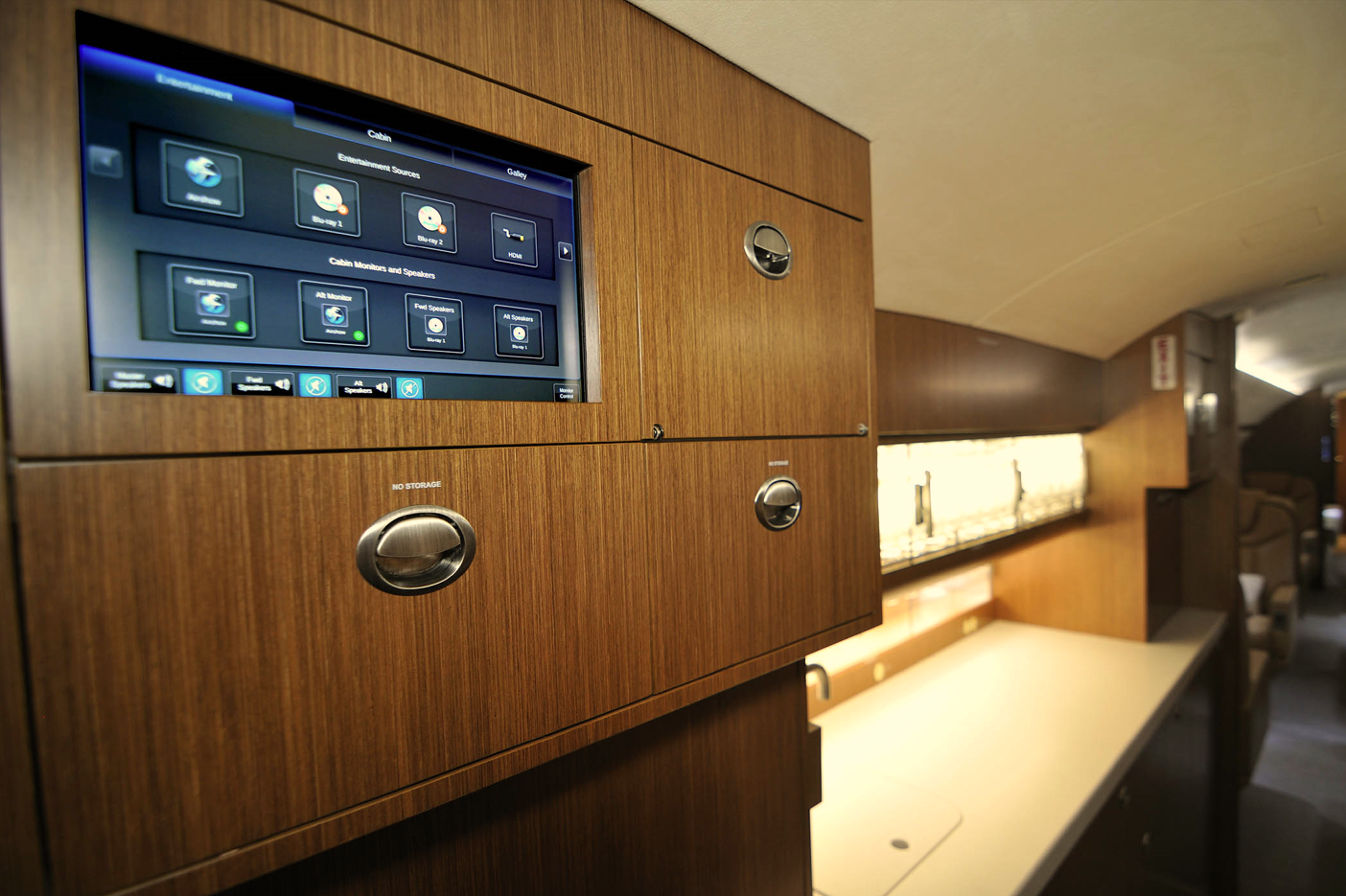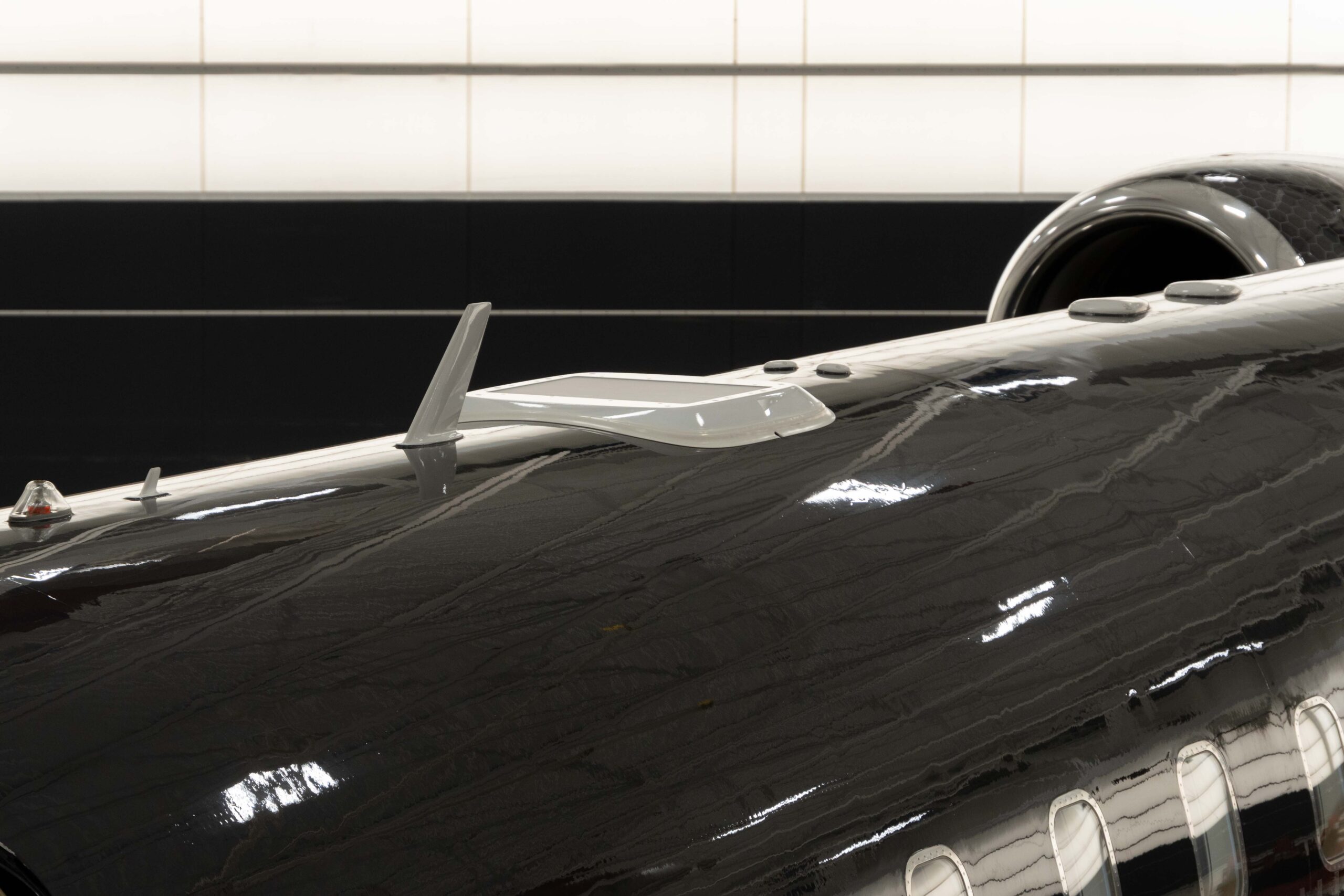“Carry-On Satellite Internet: Caveat Emptor”

In an age of ever-increasing connectivity, it comes as no surprise that portable satellite internet devices are becoming more popular. This is true, too, in the world of aviation. With the availability of these devices at an all-time high, it may be tempting to passengers and tech-savvy pilots alike to bring them onboard a private aircraft. It makes sense, after all, given the promise of high-speed connectivity that these portable devices can provide, all powered simply by battery. But, here, a simple, yet undeniably important, question arises: Just because you can carry one onto an aircraft, should you? Furthermore, is it even legal?
In commercial and general aviation, there are some strict FAA regulations when it comes to devices like these. In this field, they are referred to as Transmitting Portable Electronic Devices or TPEDs. More specifically, any device that emits wireless signals, like Wi-Fi and Bluetooth, are considered TPEDs. Because they send out active signals, which can potentially interfere with critical aircraft systems, they must be tightly regulated. Even cell phones fall under this category, which is why phones have ‘airplane mode’. This mode disables cellular transmissions as the FCC prohibits use of cellular phones in flight.
These TPED regulations, however, predate the arrival of consumer-grade satellite internet hardware, which creates several new considerations. This is because these devices are much stronger than a cellular device, capable of emitting signals to reach satellites hundreds of miles above Earth. This means that the potential for electromagnetic interference (EMI) is significantly higher. This leaves the legality of these portable devices in limbo.
According to the FAA, TPEDs are only permitted in flight if they do not interfere with critical aircraft systems. Demonstrating this typically requires formal testing to evaluate how onboard systems respond to different transmission types and power levels. In certain cases, a Supplemental Type Certificate (STC) may be required to authorize the use of such devices. At this time virtually all aircraft that are deemed TPED tolerant have not been tested for the frequencies and power of a typical portable LEO internet transmitter. Considering the frequencies, transmitting power and the potential of interference with required equipment, it is very likely that using this hardware without the proper documentation or evaluations, will put you out of compliance with the FAA and Federal Aviation Regulations (FARs).
This is not the only detracting factor to consider when it comes to carry-on satellite internet devices. There is also the question of personal safety. With such intense signals at play, the electromagnetic exposure to passengers and crew must be seriously examined. While these devices have been marketed for outdoor or mobile environments, like boats, RVs, or remote campsites, they have certainly not been widely tested for close proximity use within an aircraft cabin or cockpit.
Sitting just a foot or two away from such a powerful transmitter, especially in a contained space, could expose an individual to radiofrequency and electromagnetic signals that exceed common safety guidelines. In contrast to most consumer routers, which are intentionally mounted away from direct human contact, a carry-on satellite device could be operating just mere inches away from your head. While there is currently limited regulatory guidance or
documented, conclusive research on the personal health effects of this type of exposure during extended flights, it is clear that there are certainly real concerns at play. Some could be inclined to take the risk, but when it comes to personal safety and long-term health, it may be best to wait until more definitive research has been conducted.
This brings us back to the fundamental question at issue here: Should you bring a portable satellite internet system onboard your aircraft? There are multiple angles to consider, here. The main ones, of course, being legality and personal health/safety. When it comes to the legal side, the answer is more black-and-white. Your aircraft must be tested and certified as TPED tolerant or complete the proper EMI evaluations to determine that your portable connectivity device will not interfere with the aircraft’s communications. When it comes to health, there are still many unknowns. While the lack of definitive answers may lead some to downplay the possible consequences of such high electromagnetic exposure, the risks cannot be ruled out. So, until more definitive standards have been developed, or more health-based research has been conducted, it is probably best to leave your portable satellite gear on the ground.



